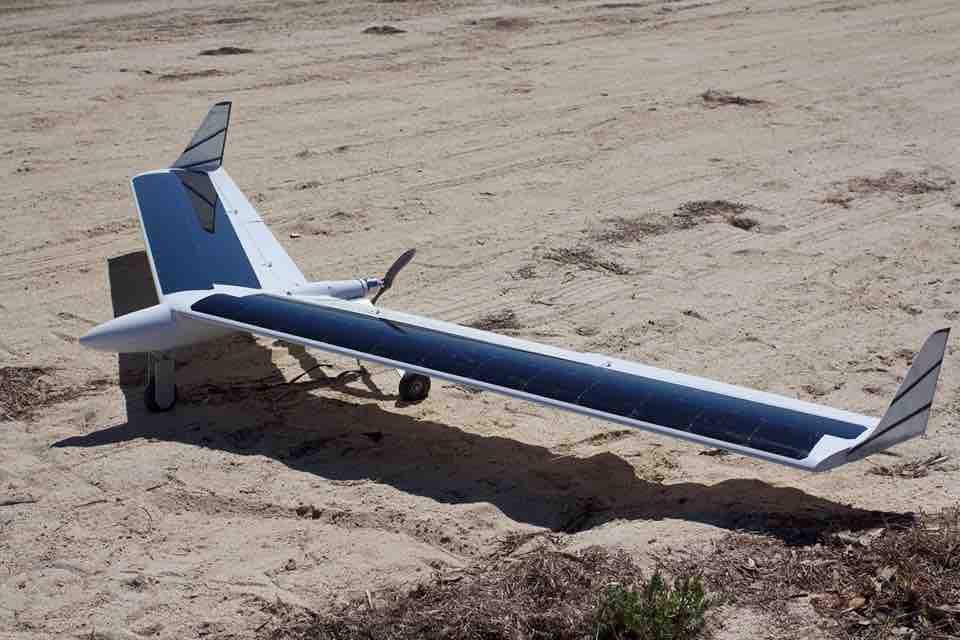Adelaide-based firm Praxis Aeronautics has developed a new process to integrate c-Si solar cells in the composite material of a drone, not adding additional weight to the aerial vehicle, while keeping the costs down.

The company, run by father and son Don and Cameron Donaldson, has come up with a laminating process, which allows the cells to operate at maximum efficiency, and improved the flight duration by six times, in comparison to electric drones which can fly for one hour around.
In the previous efforts to build a solar-powered drone, the success was mostly limited as fixing solar panels on the vehicle was adding too much weight, whereas using thin film to wrap the body of a drone came with high costs of $35,000 per square meter compared to the Praxis method of $1000.
Other types of drones, such as a petrol-powered drone are either too expensive, or they have a limited flying time, as in the case of electric drones.
The developers believe their approach will have numerous commercial applications, from aerial mapping for the mining industry, to cheaper shark spotting in summer and fast deliveries of medicines to remote communities.
The company is now challenged to make a larger prototype, for which it has received the funding in the amount of $150,000 from the South Australian Early Commercialization Fund.
Its ultimate goal is to create a drone that may fly continually during daylight hours, with a battery on board, meaning that the aircraft will be able to land and recharge when power gets low, before taking off again.
Solar-powered drones have stirred up strong interest worldwide, but had limited success. One of the important breakthroughs happened last June, when Facebook launched the Aquila aircraft powered by solar PV, which used only 5,000 watts to circle skies for 96 minutes and beam down internet access to remote regions using lasers.
Although Facebook described the flight as successful, it was revealed later in the year that the American National Transportation Safety Board had opened an investigation into a structural failure on the drone’s test flight, causing it to crush on landing as the aircraft encountered wind conditions that it could not withstand.
Earlier this year, Google’s parent Alphabet decided to end its solar-powered drone program, tasked with developing aerial vehicles that could fly for several days at a time and take images of earth or beam down internet, instead concentrating its efforts on Project Loon, which is delivering something similar, but with the help of high-altitude wind-propelled balloons.
Meanwhile, maybe the most notable achievement in the field of solar-powered aircrafts took place last year when the Solar Impulse 2 plane, a wingspan wider than a Boeing 747 with more than 17,000 solar cells on its wings, completed the first round-the-world flight using no fossil fuel in 16 legs of the trip that lasted more than 23 days.
Source: PV Magazine. Reproduced with permission.










